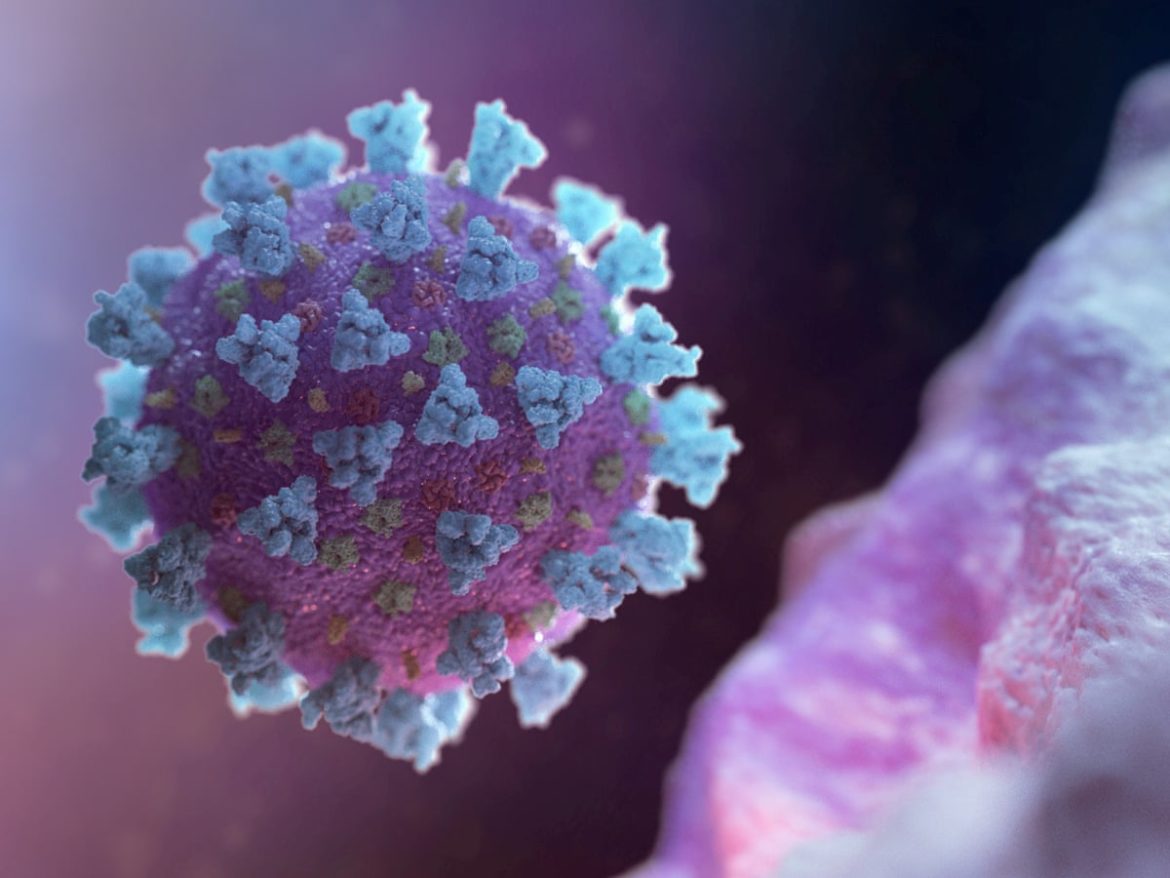New Covid statistics indicate the drop is likely behavior-driven. Experts point out the factors leading to the drop could be a combination of fear and hope.
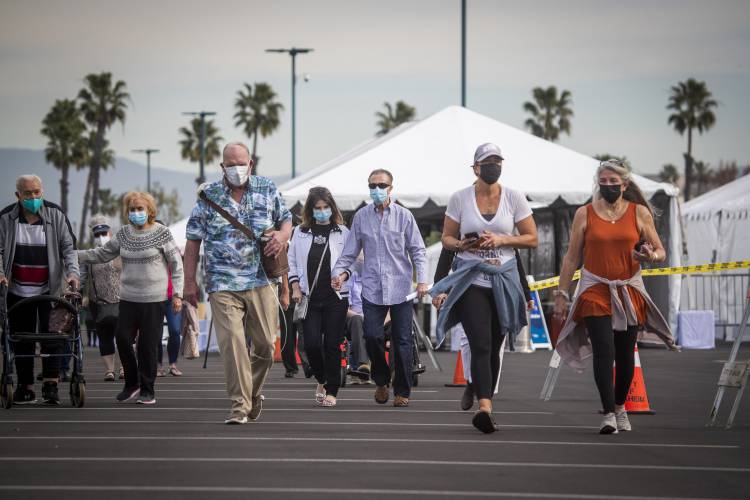
The following written content from Christina Jewett
A dozen states are reporting drops of 25% or more in new COVID-19 cases and more than 1,200 counties have seen the same, federal data released Wednesday shows. Experts say the plunge may relate to growing fear of the virus after it reached record-high levels, as well as soaring hopes of getting vaccinated soon.
Nationally, new cases have dropped 21% from the prior week, according to Department of Health and Human Services data, reflecting slightly more than 3,000 counties. Corresponding declines in hospitalization and death may take days or weeks to arrive, and the battle against the deadly virus rages on at record levels in many places.
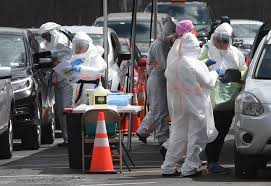
Health officials, data modeling experts and epidemiologists agreed it’s too early to see a bump from the vaccine rollout that started with health care workers in late December and has, in many states, moved on to include older Americans.[
Instead, they said, the factors involved are more likely behavior-driven, with people settling back home after the holidays, or reacting to news of hospital beds running out in places like Los Angeles. Others are finding the resolve to wear masks and physically distance with the prospect of a vaccine becoming more immediate.
A single reason is hard to pinpoint, said Adriane Casalotti, chief of government and public affairs for the National Association of County and City Health Officials. She said it may be due in part to people hoping to avoid the new, more contagious variants of the virus, which some experts say appear to be deadlier as well.
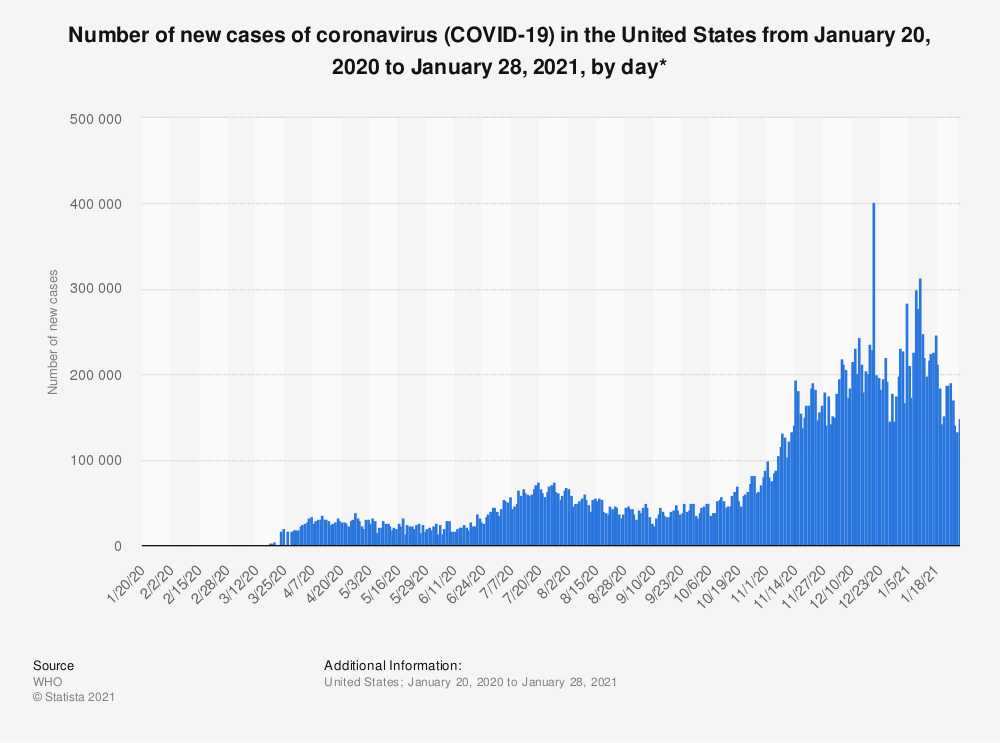
She also said so many people got sick in the last surge that more people may be taking precautions: “There’s a better chance you know someone who had it,” Casalotti said.
Eva Lee, a mathematician and engineering professor at the Georgia Institute of Technology, works on models predicting COVID patterns. She said in an email that the decline reflects the natural course of the virus as it infects a social web of people, exhausts that cluster, dies down and then emerges in new groups.
She also said the national trend, with even steeper drops in California, also reflects restrictions in that state, which included closing indoor dining and a 10 p.m. curfew in hard-hit regions. She said those measures take a few weeks to show up in new-case data.
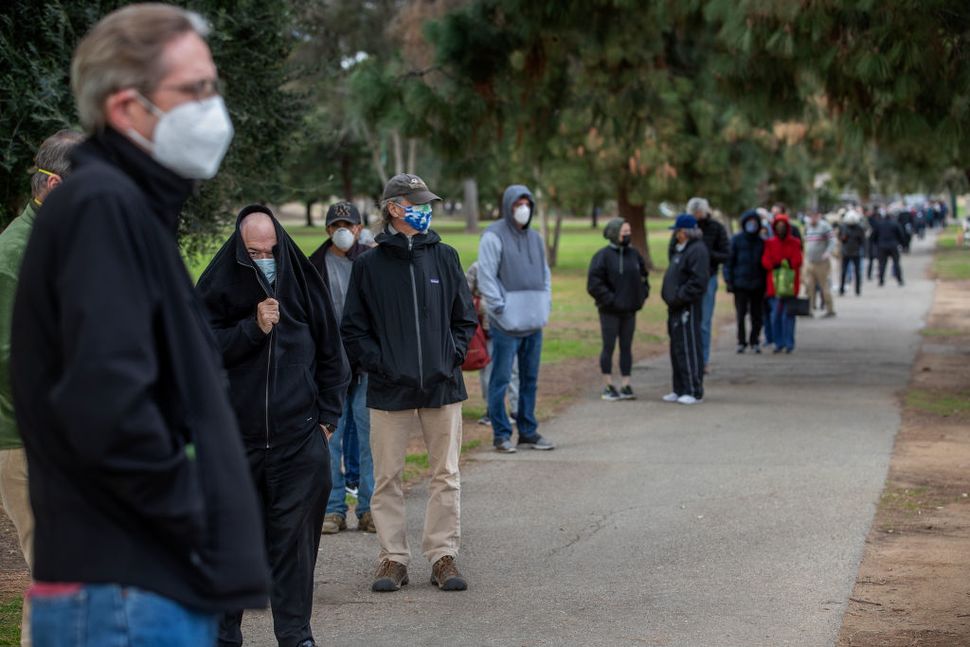
t is a very unstable equilibrium at the moment,” Lee wrote in the email. “So any premature celebration would lead to another spike, as we have seen it time and again in the US.”
Four California counties were among the five large U.S. counties seeing the steepest case drops, including Los Angeles County, where new cases declined nearly 40% in the week ending Jan. 25, compared with the week before.
Dr. Karin Michels, chair of epidemiology at the UCLA Fielding School of Public Health, said the lower numbers in L.A. after the virus infected 1 in 8 county residents likely mirror what happened after New York City’s surge: People got very scared and changed their behavior. Read more from KHN

